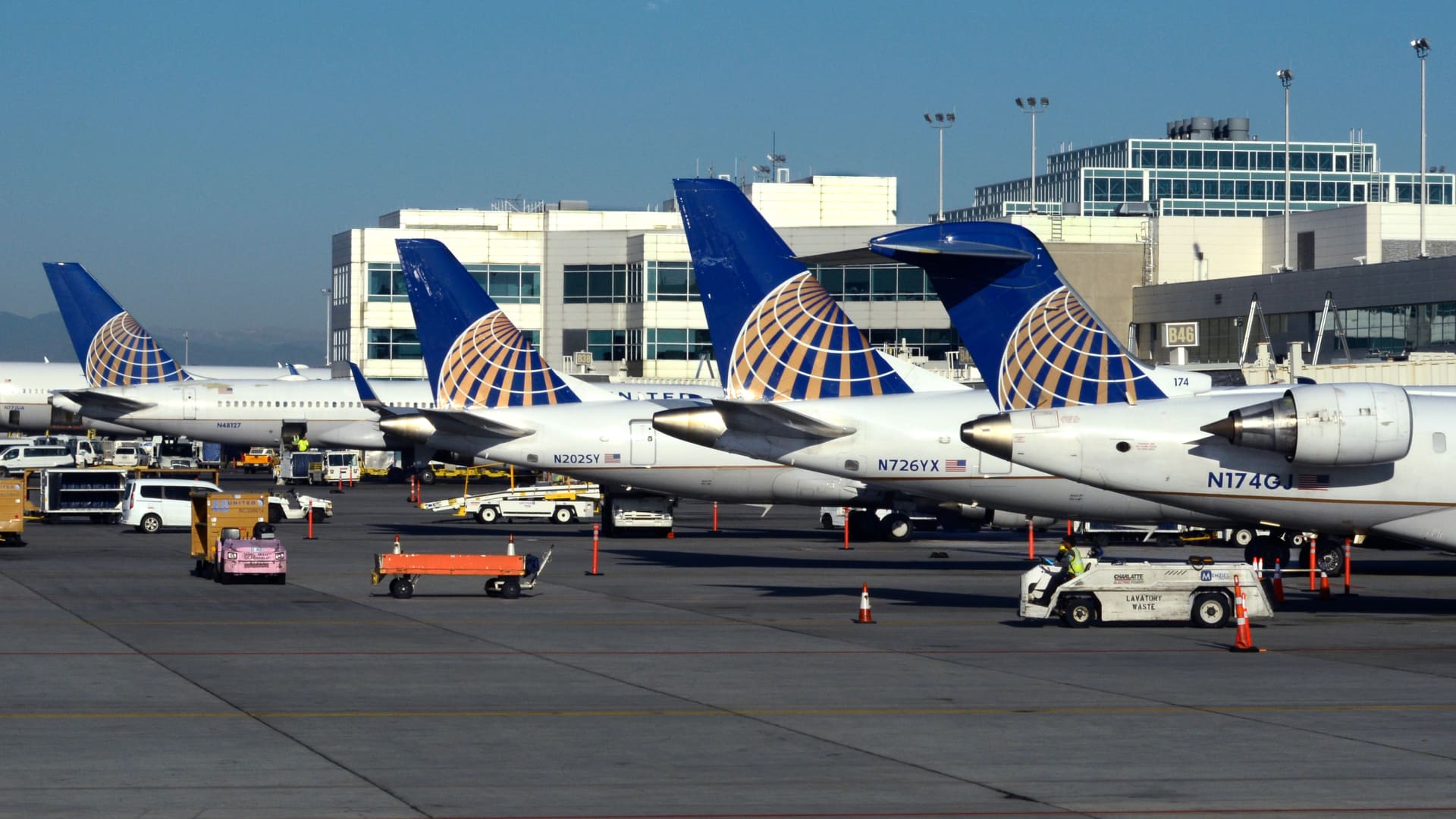
United Airlines Adjusts Pricing for Premium Travel Perks
United Airlines, a major player in the aviation industry, recently announced adjustments to its pricing structure for premium travel benefits. This move affects both its airport lounge memberships and its co-branded rewards credit cards, signaling a shift in how the airline values and delivers these sought-after perks to its loyal customers.
The increase in annual fees for airport lounge memberships is perhaps the most impactful change. For years, these lounges have served as havens for frequent flyers, providing a comfortable and convenient space to relax, work, or simply escape the hustle and bustle of busy airports. With complimentary food and beverages, comfortable seating, and often dedicated workspaces, they represent a significant value proposition for travelers who prioritize comfort and efficiency. The price increase reflects the rising costs associated with maintaining these luxurious spaces, including staffing, amenities, and overall upkeep. While the exact percentage increase varies depending on the specific lounge and membership tier, the adjustment represents a notable shift in pricing for a service that has long been considered a key benefit for United’s most frequent fliers.
Simultaneously, United is also increasing the annual fees on its co-branded rewards credit cards. These credit cards offer a range of benefits, including bonus miles on purchases, priority boarding, free checked bags, and, importantly, access to United Club lounges. The increase in these fees directly reflects the rising costs of providing the associated benefits, including the increased lounge membership fees mentioned above. The airline is strategically balancing the attractiveness of these credit cards with the need to offset the expenses associated with the perks they provide. This pricing adjustment positions the credit cards more firmly within a premium segment, targeting those who are willing to pay a higher annual fee for the comprehensive travel benefits.
This dual adjustment – impacting both direct lounge memberships and credit card benefits – represents a broader trend within the airline industry. As operational costs rise, airlines are increasingly scrutinizing the pricing of premium services to ensure profitability and sustainability. This isn’t necessarily a reflection of decreased value to the customer, but rather a realignment of pricing to match the actual cost of providing these premium benefits.
The move by United Airlines is a significant one, and its success will depend heavily on consumer reaction. Will loyal customers accept the increased fees, understanding the rising cost of maintaining these premium services? Or will they seek out alternative options, potentially impacting United’s overall revenue and customer loyalty? The response from the traveling public will serve as a crucial indicator for other airlines considering similar price adjustments. The airline industry is constantly adapting to changing consumer demands and economic pressures, and this pricing strategy adjustment will be a key test of how much premium travel benefits are worth to the modern traveler. The coming months will likely reveal the ultimate success – or failure – of this strategic pricing shift.
The potential implications are significant, not just for United Airlines, but for the entire airline industry. The response to these price increases will undoubtedly shape future pricing strategies across the sector. It highlights the delicate balance airlines must strike between offering valuable premium services and ensuring their financial health in a constantly evolving market.



Leave a Reply